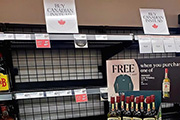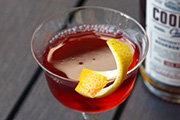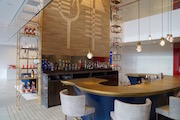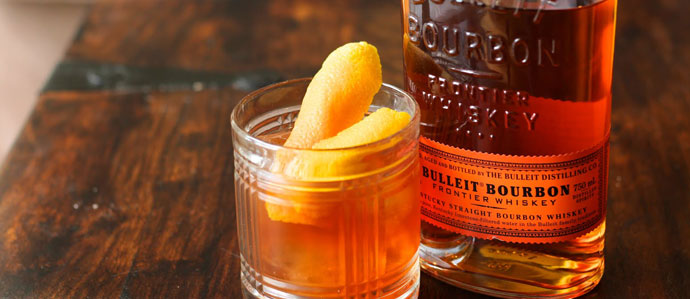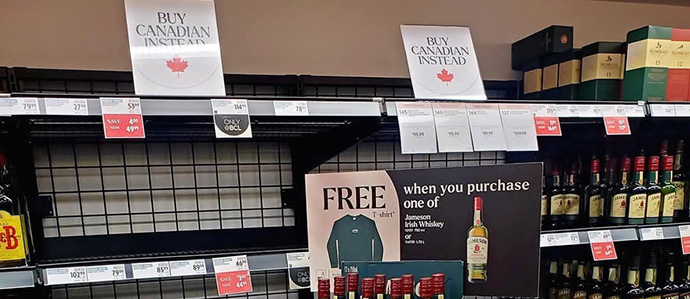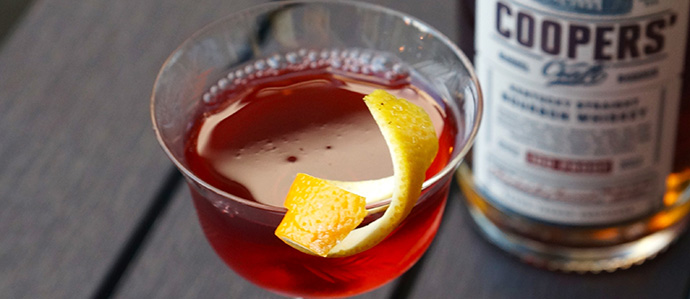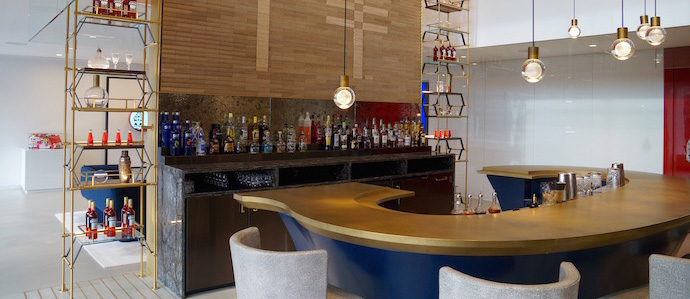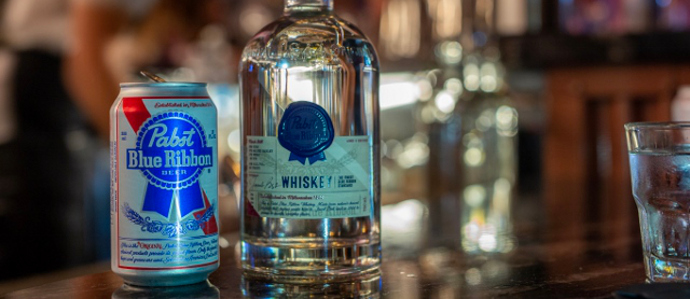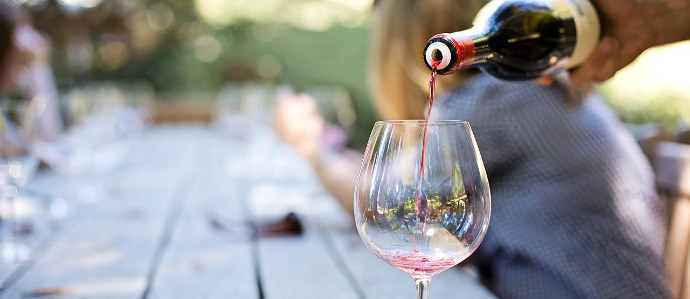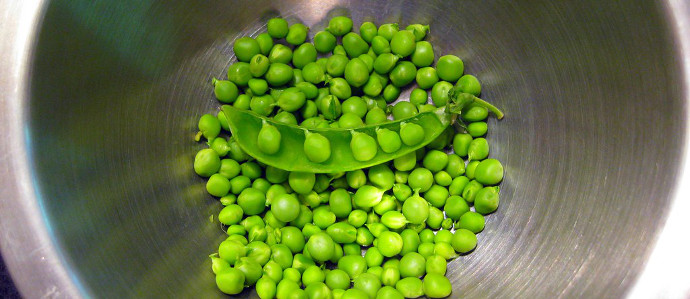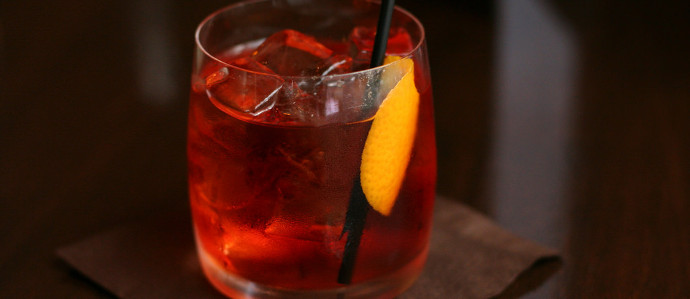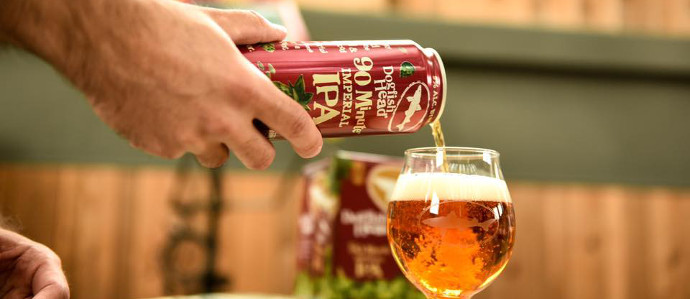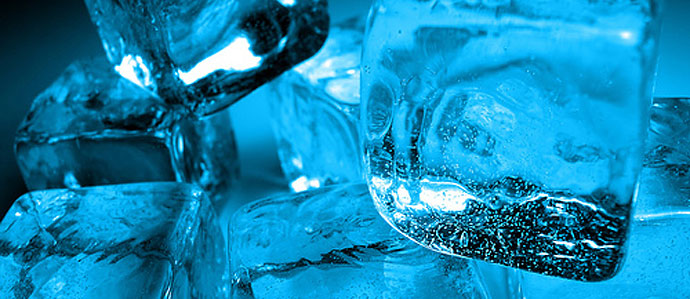
If you’ve spent time in any high-end drinking establishments lately, you may have noticed a new element in your beverages. More than just an afterthought, ice is recognized by today’s mixologists as one of the crucial constituents of a proper cocktail.
History
In the 20th Century, ice served in commercial establishments became bastardized. Machines cranked out air-bubble-ridden chips as quickly as possible, in tubular shapes designed to take up space in a glass. Enter Sasha Petraske of NYC’s Milk & Honey, who in the ‘00s introduced the idea of designer ice, where each cube or shaving was crafted specially for each libation to create the optimum drinking experience. Bartenders quickly embraced this trend, and have begun to think of ice as one of the most important ingredients in their arsenal.
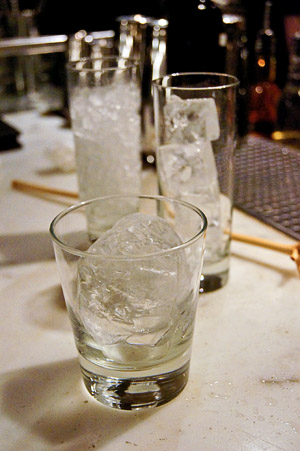 Today
TodayThese days, better bars generally use three types of ice to create differing effects. The main goal of all is to extend the prime drinking period (with the liquid at 20–25 °F) as long as possible. This allows the drinker to slowly sip and savor, instead of trying to chug the whole thing down before it becomes overly diluted.
Enter Kold-Draft, which currentlyseems to have a monopoly on high-end ice makers. The machines produced by this company use a slow-freezing process that occurs from the bottom up. As the liquid cools, it is constantly stirred, forcing all the air bubbles to move to the top. This assures cubes are clear and contain no cloudiness, which allows them to melt much more slowly. Drinks are often shaken or stirred with Kold-Draft cubes, to achieve optimum coldness without a lot of dilution, and then served over more cubes or “up,” in a coupe or martini glass.
For classic cocktails such as an Old Fashioned, bartenders will use a solid lump of ice, hand-carved from large block. The big piece of ice – almost the size of the glass – has a high volume and low surface area, so it melts extremely slowly, providing cooling action while avoiding watering down the booze. At Philadelphia’s Franklin Mortgage & Investment Co., the “Coal Cracker Cocktail” is a current example of such a tipple, composed of rye whiskey, Galliano, blackberry syrup, sarsaparilla tincture and Angostura bitters. Manager Colin Shearn tells us the Franklin gets their block ice delivered in big 50 to 75-lb blocks.
Cracked or shaved is the third useful form of ice, and it is mainly used for a specific type of drink called a swizzle. In a tall glass, crushed pieces of ice are packed in, all the way to the top. As a rule, cocktails served this way are mixed up potent and sweet, and when they are poured through the ice, the high surface area provides a welcome bit of melt that rounds out the flavors. However, because there is so much ice, and it’s so tightly arranged, the entire glass achieves a “critical coldness,” a frost develops on the outside, and the ice does not dissolve any further.
So next time you stop in to your favorite speakeasy, pay attention to what cools down your order – it’s likely more than just simple frozen water. If you want to get in on the ice game at home, check out these extra-large silicone trays that allow you to freeze up big, compact blocks, or Muji's molds to make huge ice spheres of your own.
Photo: ice used at Franklin Mortgage & Investment Co. by Danya Henninger
h/t Barry's Homebrew Outlet for the Muji mold link
Feedback
The Drink Nation Presents: The Home Bar Project
Have you ever dreamed of having an amazing home bar, filled with bottles you actually use and the tools you need to execute a fine crafted cocktail? E...read more ›
Canada's Next Level Response to Tariffs Removes All U.S. Wine & Spirits From the Shelves
Part of Canada's response, their retaliation, to the tariffs imposed o...read more ›
The History of The Boulevardier Cocktail - and How You Can Make it at Home
In this history segment, we take a closer look at a classic cocktail: The Boulevardier....read more ›
Behind the Bar: Liana Oster of Dante
For this exciting installment of Behind the Bar, we had the incredible opportunity to sit down with Liana Oster, the head bartender at Dante in New Yo...read more ›
Pabst Blue Ribbon Launches Blue Ribbon Whiskey in Select US Markets
PBR has launched their own whiskey. Let's keep an open mind and see what is inside this bottle....read more ›
The Master Sommelier Scandal is Now the Subject of a New Investigative Series
There's a new investigative series about one of the biggest scandals to ever hit the wine world....read more ›
Using Peas to Make Gin Might Lead to More Environmentally Friendly Spirits, Studies Show
Scientists may have discovered a more environmentally friendly way to make one of the world's most popular spi...read more ›
Drink a Classic Cocktail for a Good Cause During Negroni Week, June 24-30
Negroni Week 2019 is June 24-30, so drink this classic cocktail for a good cause....read more ›
What to Do if Your Uber, Lyft, or Cab Driver Ever Strays From Your Destination or Makes You Feel in Danger
If you're taking an Uber, Lyft, or cab and feel unsafe, there are steps you can take to protect yourself....read more ›
Behind the Bar: Kat Corbo of The Study & Winner of Speed Rack 2019
This time on Behind the Bar, we spoke to Kat Corbo of The Study, who recently won Speed Rack 2019....read more ›
Boston Beer & Dogfish Head Have Merged in a $300 Million Deal
In a huge move for the American craft beer community, Boston Beer and Dogfish Head have agreed to a merger valued at $300 million dollars. ...read more ›




